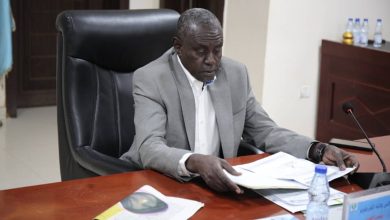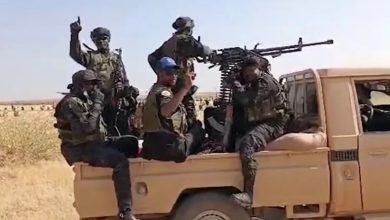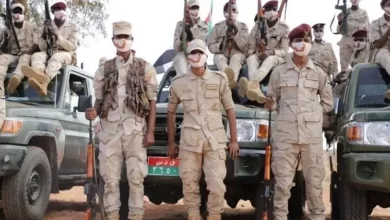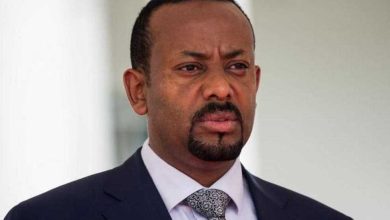Reports
The Rapid Support Forces Militia in Sudan: A Replica of ISIS in Iraq
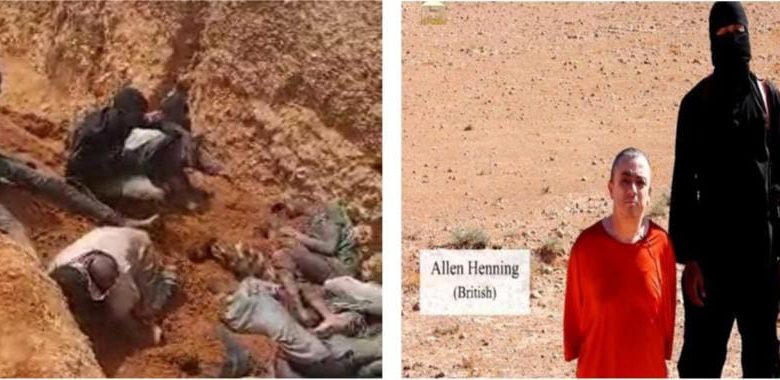
By: Mohamed Osman Akasha (University of East Anglia)
The Rapid Support Forces Militia (RSF) in Sudan and the Islamic State of Iraq and Syria (ISIS) share many resemblances including brutality that inflicts civilians, their impact on international relations, humanitarian crises, ideological narratives, recruitment strategies, global responses, and their use of technology and media. This expanded comparative study delves into these critical aspects:
Historical Context and Background
– ISIS: ISIS emerged in the chaos following the 2003 U.S. invasion of Iraq and the civil war in Syria. The collapse of state structures and the rise of sectarian tensions provided fertile ground for extremist groups like ISIS, which exploited these dynamics to establish a caliphate.
– RSF: The RSF traces its origins to the Darfur conflict in the early 2000s, where the Sudanese government, facing an insurgency, armed and mobilized Arab militias known as the Janjaweed. Infamous for their brutality, these militias were formalized into the RSF in 2013, becoming a key player during Sudan’s periods of political transition and instability.
Effect on Regional and International Geopolitical Arena
– ISIS: The rise of ISIS significantly affected international relations, particularly in the Middle East. It drew global powers into a multinational coalition to combat the group, exacerbating regional tensions and heavily influencing foreign policy decisions, particularly in Iraq and Syria.
– RSF: The RSF has had a profound impact on Sudan’s relations with regional powers like Saudi Arabia, the UAE, and Egypt. Its involvement in the Yemeni Civil War on behalf of the Saudi-led coalition underscores its role in broader regional conflicts. Moreover, the RSF’s actions have influenced Sudan’s international standing, particularly concerning human rights abuses and the ongoing civil war.
Humanitarian Impacts
– ISIS: The expansion of ISIS and the ensuing conflicts led to massive displacement, with millions of Iraqis and Syrians forced to flee. The group’s genocidal campaigns, particularly against the Yazidis and other minorities, contributed to one of the largest refugee crises in recent history, compounded by the destruction of cultural heritage and infrastructure.
– RSF: The RSF has been implicated in atrocities that have caused significant displacement within Sudan. The ongoing conflict has resulted in a humanitarian crisis marked by widespread displacement, food insecurity, and the collapse of essential services, with millions of Sudanese uprooted, killed, and raped.
Ideological and Ethnical Narratives
– ISIS: ISIS’s ideological framework is anchored in a radical interpretation of Sunni Islam, advocating for global jihad to establish an Islamic caliphate. The group justified its actions through religious doctrine, aiming to attract disillusioned Muslims worldwide.
– RSF: The RSF’s narrative is less ideologically driven, focusing more on power, race, and supremacism. Its goal of establishing the “Kingdom of Al-Daglo” is facilitated by its role as a proxy for the United Arab Emirates, which has vested interests in the collapse of the Sudanese state. The RSF portrays itself as a guardian of Sudan’s sovereignty and a stabilizing force, despite its brutal tactics, often emphasizing tribal and ethnic loyalties, particularly among Arab communities in Darfur and other regions.
Recruitment
– ISIS: ISIS’s recruitment strategy was global, targeting disaffected Muslims worldwide through sophisticated online propaganda. The group attracted individuals from diverse backgrounds, including converts, marginalized communities, and those seeking a sense of belonging, with social media playing a key role.
– RSF: The RSF’s recruitment is more localized, focusing on marginalized communities within Sudan, especially in Darfur. The group has drawn recruits from impoverished rural areas by offering financial incentives and a sense of purpose to young men with limited opportunities. Additionally, the RSF has incorporated former rebels and fighters from other conflicts, creating a diverse yet often ethnically homogenous force, focusing on recruiting militia fighters from Chad, Niger, the Central African Republic, Libya, and South Sudan.
Use of Media as a Tool to Disseminate Messages
– ISIS: ISIS was highly adept at leveraging technology and media, establishing a vast propaganda network that included professionally produced videos, online magazines, and social media campaigns. This media operation was crucial in spreading its ideology, recruiting fighters, and instilling fear in its enemies, enabling ISIS to function both as a physical entity and a virtual presence.
– RSF: While not as technologically sophisticated as ISIS, the RSF has utilized media support from its sponsors, who have harnessed all available media capabilities and enlisted global public relations firms to shape its public image and justify its actions. In the ongoing conflict in Sudan, the RSF has also used social media to disseminate propaganda, albeit in a more rudimentary and less globally focused manner than ISIS.
International Response
– ISIS: The global response to ISIS was swift and coordinated, involving military coalitions, intelligence sharing, and comprehensive counterterrorism measures. Countries around the world implemented strict security protocols to prevent ISIS-inspired attacks and recruitment. The territorial defeat of ISIS was a significant victory for this global coalition, though the group’s ideology and remnants continue to pose a threat.
– RSF: The international response to the RSF has been more fragmented, complicated by the intricate political realities in Sudan. While the global community has condemned the RSF’s human rights abuses, responses have been tempered by the militia’s ties to powerful regional allies, which have impeded coherent Security Council action against the RSF.
Repercussions on the Nation-State
– ISIS: ISIS’s rise and subsequent fall had a profound impact on state structures in Iraq and Syria. The group’s occupation of territory led to the collapse of local governance, and its defeat necessitated extensive reconstruction efforts. The legacy of ISIS includes weakened state institutions, ongoing sectarian tensions, and the formidable challenge of rebuilding war-torn communities.
– RSF: The RSF’s role in Sudan has similarly eroded state structures, acting both as an instrument of the state and as a challenger to it. The RSF’s influence has weakened central authority, particularly during periods of political transition. The ongoing conflict has further destabilized Sudan, complicating efforts to establish effective governance and lasting peace.
Long-Term Legacies and Future Threats
– ISIS: Despite losing its territorial caliphate, ISIS remains a potent threat through its affiliates and lone-wolf attacks worldwide. The group’s radical ideology continues to inspire individuals and movements, and its ability to exploit ungoverned spaces remains a significant concern. The long-term legacy of ISIS includes widespread radicalization, the propagation of jihadist ideology, and the enduring challenge of addressing the root causes of extremism.
– RSF: The long-term legacy of the RSF will hinge on the outcome of the current conflict in Sudan. Should the RSF retain power, it could continue to destabilize Sudan and pose a threat to any future government. The group’s actions have already inflicted deep wounds on Sudanese society, with the scars of its atrocities likely to be felt for generations. Moreover, the RSF’s role in regional dynamics may continue to influence Sudan’s neighbors.
Ideological Impact and Influence
– ISIS: The ideological impact of ISIS extends beyond its military and territorial achievements. The group’s radical interpretation of Islam has left an indelible mark on global jihadist movements, inspiring a new wave of extremism. The international community continues to grapple with countering this ideology, which requires education, counter-narratives, and addressing the socio-economic conditions that fuel radicalization.
– RSF: The RSF’s influence is more regional and ethnically driven rather than broadly ideological. However, the group’s actions have exacerbated ethnic and tribal divisions within Sudan, fueling a cycle of violence that undermines national unity. The RSF’s entrenchment in Sudan’s political and social fabric complicates efforts to forge a cohesive national identity and address the grievances that have perpetuated conflict.
Conclusion
In this brief comparative study, the RSF and ISIS emerge as formidable yet distinct threats within their respective contexts. While ISIS represents a transnational jihadist movement with global ambitions, the RSF stands as a powerful paramilitary force deeply entrenched in Sudan’s political and military landscape. Both groups have exploited state weaknesses, employed terror as a tactic, and left enduring legacies that will shape their regions for years to come. Understanding their similarities and differences is crucial for developing strategies to mitigate the challenges they pose, whether through military means, diplomacy, or long-term efforts to address the underlying conditions that allow such groups to thrive.
